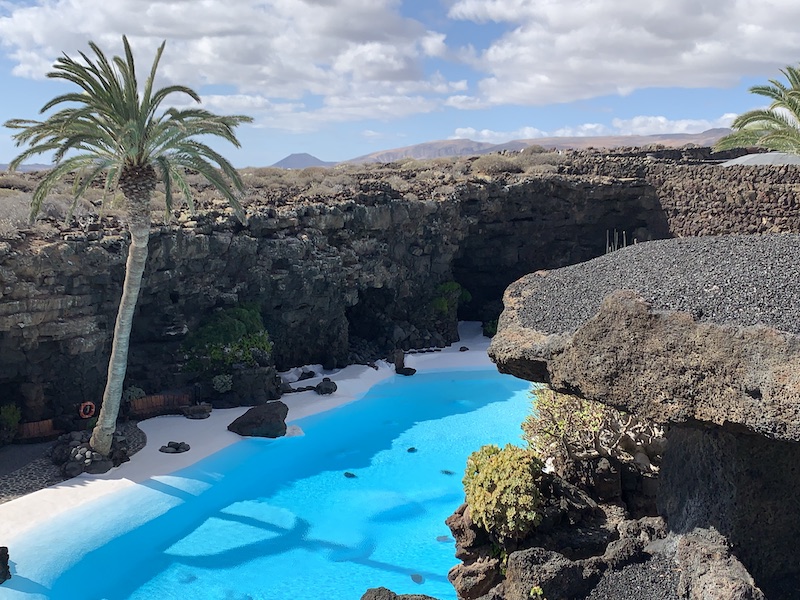

Because Ka`ū is fairly dry and arid, whenever covering vegetation is lost, the underlying dirt is susceptible to being picked up and blown away. Ka`ū is known for its dirt-scattering wind.Īnyone who has travelled down to South Point will truly understand the winds. There was a stone named Ka`ū-loa that was formerly in Ka`ū between Na`ā-lehu and Wai-`ōhinu that was believed to have been brought from Tahiti. I have not found a meaning for its name, but Ka`ū is considered an ancient name that cognates with Ta`ū in Samoa and Takuu in the Mortlock Islands. Ka`ūįrom Puna, we travel to Ka`ū, which is the name of the district and the desert as well as a peak.


Another belief is if one journeys for relaxation or to assuage grief, you travel with the sea on your left (weaker side) so that it may wash away your sorrows and tribulations. Pukui reported being told told that when seeking knowledge of the past to travel with her right (strong) arm on the side of the mountains, where strength lies. `Umi-ā-Līloa (a famous chief of Waipi`o) was advised by his priests to travel in this fashion. This direction is consistent with the way the makahiki processions were conducted. You will notice that as we travel around the island, we are traveling with our right side towards the mountain and our left towards the sea (clockwise). (If you missed the history behind the name Puna, check out Part 1 of Origins of Place Names Around the Big Island.) From there, we will explore the origins of the following place names: Kona, Waimea, Kohala, and Hāmākua. As we continue the journey, we will leave Puna and continue to Ka’ū.


 0 kommentar(er)
0 kommentar(er)
